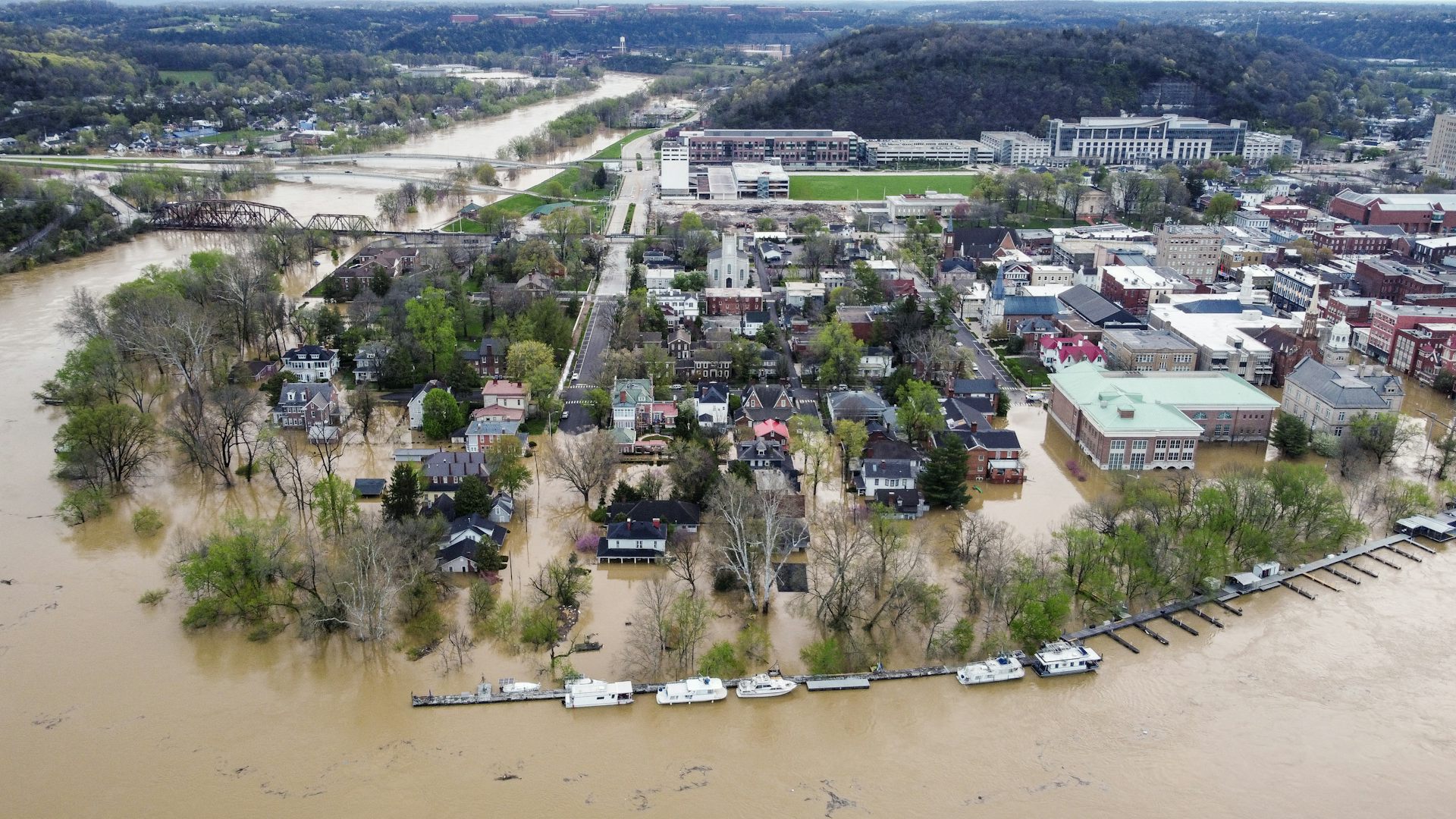How photography can build peace and justice in war-torn communities
People wanted to use photography not only to document the aftermath of war and violence, but also to actively support peace.
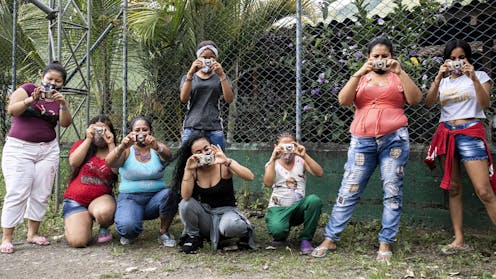
It’s not easy for most people to think about what peace and justice mean to them, or how to express it. But that’s what we ask people in war-torn communities to do, all around the world.
One place we did this is in Colombia, a country now testing out peace after more than 50 years of war between left-wing guerrillas, right-wing paramilitaries and government forces.
We asked people in two villages, San José de Urama and Las Cruces in the country’s northwest, to think about what they looked for as signs of justice and coexistence in their communities, what we call “everyday peace indicators.”
Through workshops using a research method called “photovoice,” a group of the villagers chose some of these everyday indicators of justice and coexistence to photograph. They then created and displayed personal and group photo stories as part of an open-air community exhibition.
We found that these communities wanted to use photography not only to document the aftermath of war and violence, but also to actively support peace.
Photo stories about justice and coexistence
In San José de Urama, people looking for signs of justice in their community wanted to see armed groups and the government telling the truth about the war, and former guerrillas building families. They wanted to see the truth bringing peace of mind, rest and reparations for the victims, and an end to the violence.
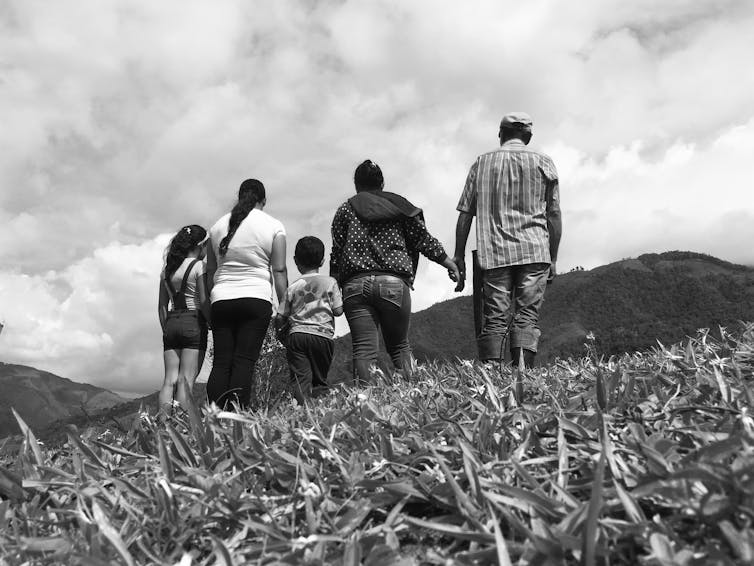
For Francy Yulieth Manco Ferraro, an 18-year-old photographer from San José de Urama, a key element of coexistence in her community is the opportunity to be out of her house at any time. About this photo, she wrote, “In a world full of doubt and uncertainty, we can be calm in the knowledge that, when we go out to the streets or to our land, we will not hear the terrifying sound of guns; we will be able to go out freely, to work our land, to harvest our harvest, without fear.”
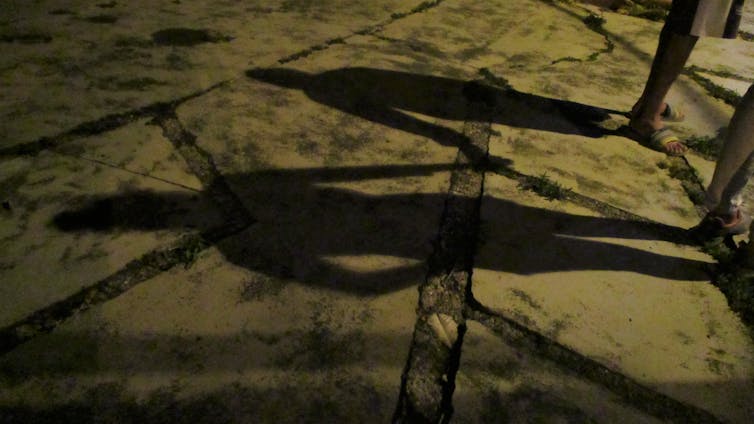
Some photographers, such as Leidi Johana Agudelo Higuita, used their work to pay homage to older members of the community who had survived through the years of the conflict and kept their communities alive.
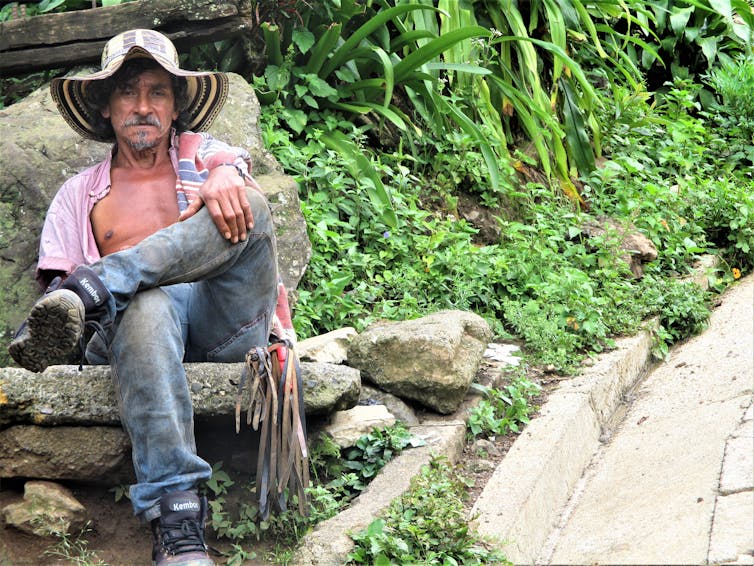
In Las Cruces, three generations of the same family, a grandmother, mother and daughter, participated in the photography workshops together. The mother, Yenifer Yuliana Higuita Bedoya, emphasized the importance of family togetherness.
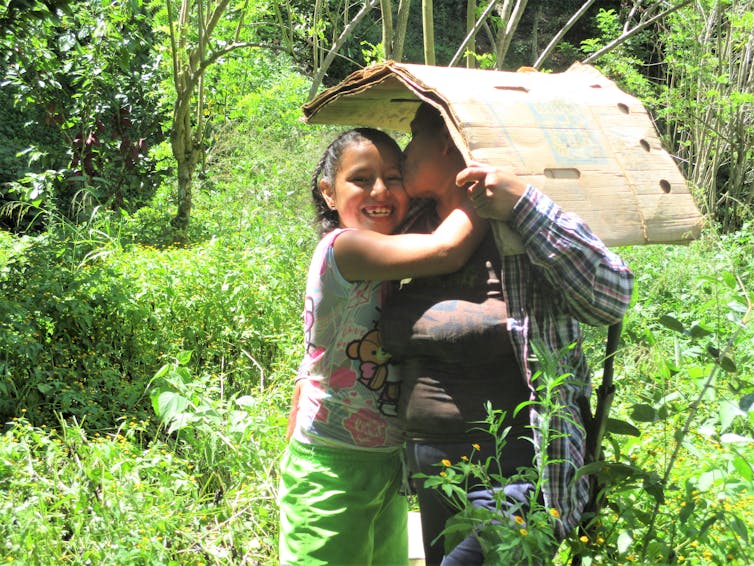
Another photographer, 15-year-old Yuliana Andrea David Hidalgo, drew attention to the importance of children being able to play free from fear. She explains her photograph: “Before, when you heard gunshots, everyone would run to hide under the bed or in some safe place in the house, and now kids hide under the bed or in safe places because they’re playing hide-and-seek.”
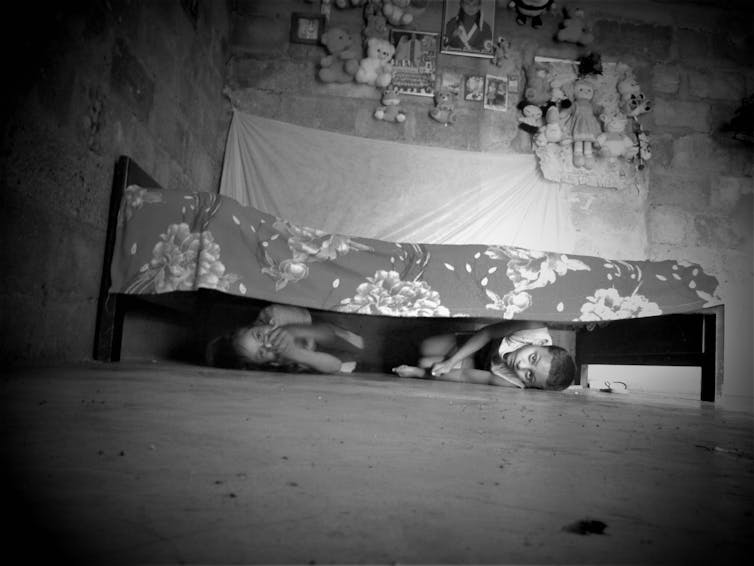
Paula Andrea Pino Sarrazola, a photographer from San José de Urama, highlighted the importance of collective work in their mountain farming culture. “‘You need one hand to wash the other, and both to wash the face’ is a saying that grandparents say,” she explained. “That’s what a minga is. When people don’t have the money to pay day laborers, they ask others to help them, and then the favor is repaid. In this way, a lot of farms and businesses have been saved from bankruptcy. A minga – or collective work group – saves lives and land, and protects democracy, justice and peace.”
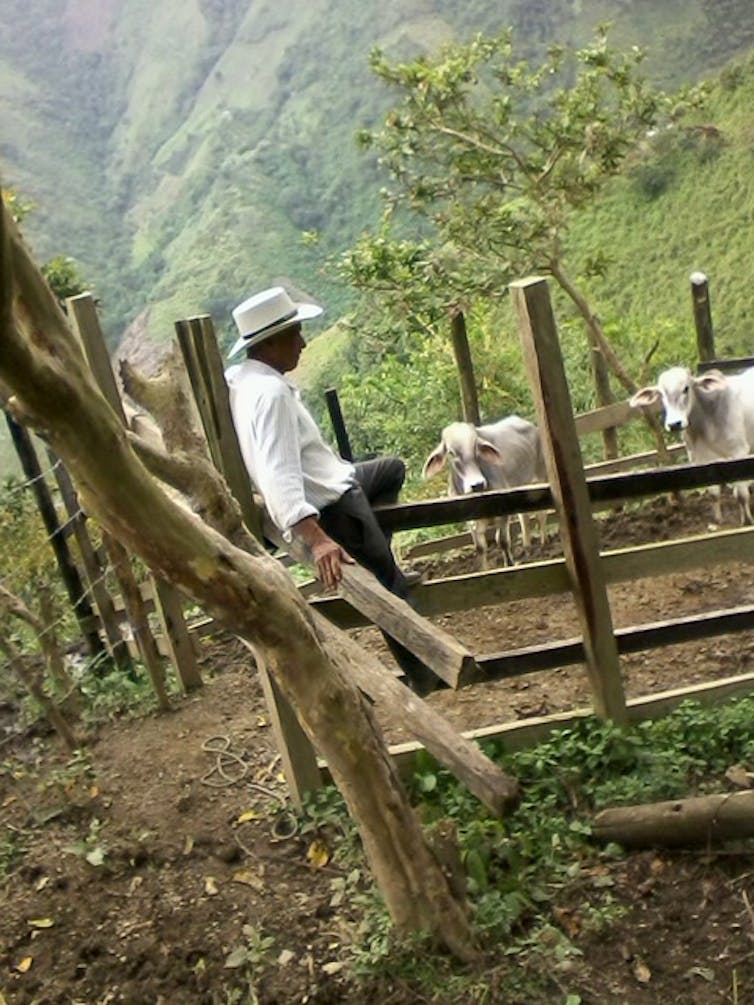
Other indicators about coexistence included people treating street animals well and the government maintaining the roads.
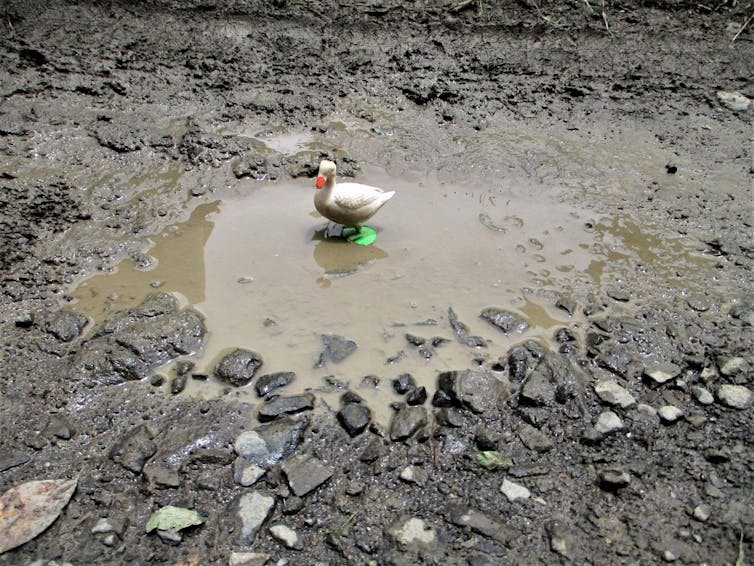
For one of their collective photo stories, the group in Urama captured the dilapidated state of their cemetery. In the caption they wrote, “The deterioration of the cemetery is a testament to how much the dead are disregarded. Weeds devour the tombs just as our minds eat away at our memories. Would it not be the right thing for us to come together to maintain it, and honor the memory of the dead by keeping this place of transit to the afterlife beautiful?”
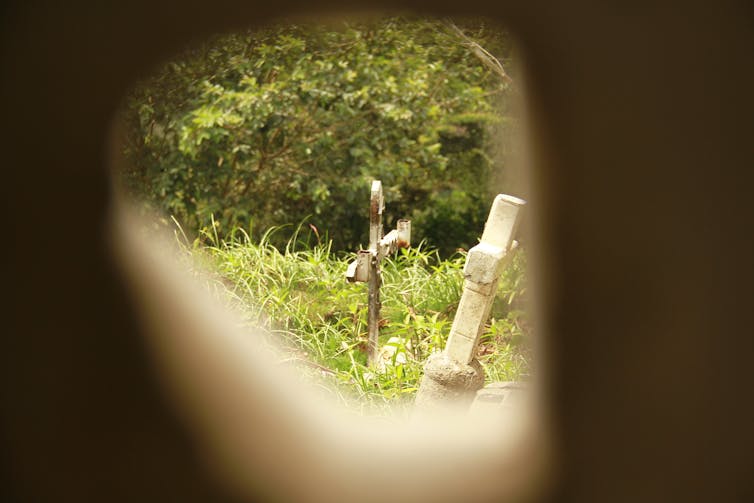
After documenting the cemetery’s dire state of disrepair, these photographers decided to take action. More than 80 people worked for two days to clear weeds and to repair and repaint buildings, memorials and tombstones.
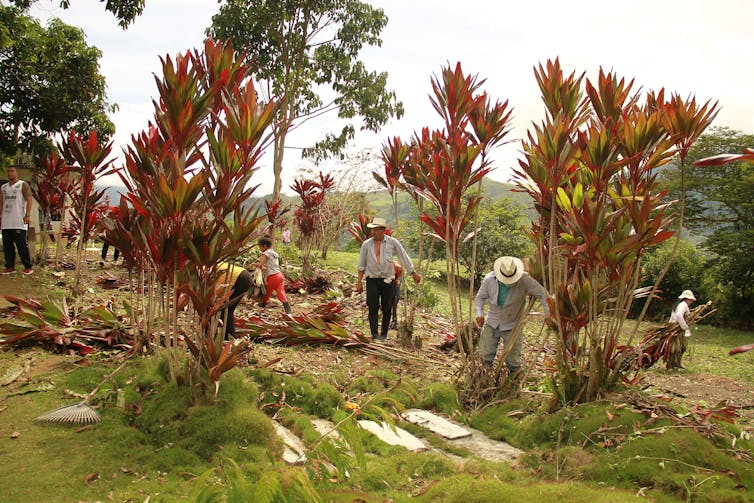
We have found that photography can help people and communities heal as they look back at what has been lost as a result of the conflict and use their images to provide a space for discussion about how to build a different future.
Photography let community members honor what is important to them, take pride in their culture, call for justice and highlight what is needed to build enduring peace.
We also found that combining photography with our everyday peace indicator approach amplifies local voices, illuminating what policymakers and international donors often miss about what matters to the everyday lives of the community members they support.
The authors wish to acknowledge members of the EPI Photovoice team, Edwin Cubillos and Manuela Munoz, the Urama Photography Collective and the Cruces Photography Collective, and EPI research assistant Miranda Pursley.
[Get the best of The Conversation, every weekend. Sign up for our weekly newsletter.]
Pamina Firchow is Associate Professor of Coexistence and Conflict at Brandeis University's Heller School for Social Policy. She also directs the Everyday Peace Indicators (EPI) NGO, which receives funding from several agencies such as the National Science Foundation, the US Institute of Peace, the US Agency for International Development, the Foreign Commonwealth and Development Office, the United Nations, the Carnegie Corporation of NY, Humanity United (including for the project discussed in this article), among others. EPI also works in collaboration with the Colombian Truth Commission.
Tiffany Fairey is a Research Fellow in the Department of War Studies, King's College London. Her current research is supported by an Early Career Fellowship from The Leverhulme Trust and she is Photovoice Associate at Everyday Peace Indicators.
Yvette Selim is a Research Advisor at Everyday Peace Indicators.
Read These Next
Epstein’s victims deserve more attention than his ‘client list’
Powerful men connected to Jeffrey Epstein are named, dissected and speculated about. The survivors,…
The ‘one chatbot per child’ model for AI in classrooms conflicts with what research shows: Learning
AI tutors are often held up as an ideal, but prioritizing individualized teaching can detract from the…
Getting peace right: Why justice needs to be baked into ceasefire agreements – including Ukraine’s
Just war theory, a centuries-old field of ethics, deals with how and when to start conflicts. It can…






